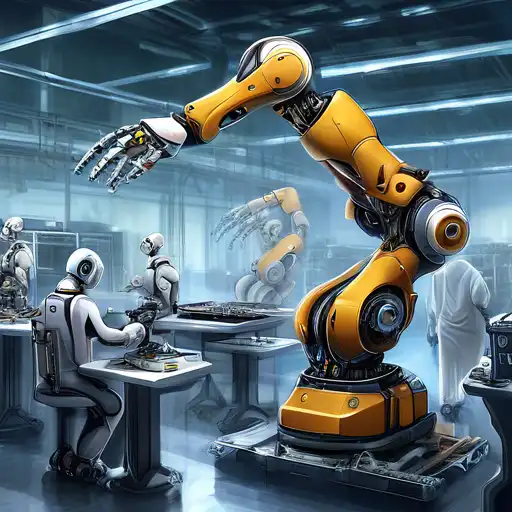The Revolutionary Impact of Robotics on Modern Manufacturing
In the heart of the industrial revolution, the introduction of robotics into manufacturing processes has marked a pivotal shift towards efficiency, precision, and scalability. This transformation is not just about replacing human labor but enhancing capabilities, reducing errors, and opening new avenues for innovation.
Understanding the Role of Robotics in Manufacturing
Robotics in manufacturing refers to the use of automated machines that can perform tasks with minimal human intervention. These tasks range from assembly, welding, painting, to packaging and palletizing. The integration of robotics has led to significant improvements in production speed and product quality.
Key Benefits of Robotics in Manufacturing
- Increased Efficiency: Robots can operate 24/7, reducing downtime and significantly increasing production rates.
- Enhanced Precision: With robotics, the margin for error is drastically reduced, ensuring high-quality products.
- Cost Reduction: Over time, the use of robots can lead to substantial savings in labor and operational costs.
- Safety Improvements: Robots can take over dangerous tasks, reducing workplace injuries.
Real-World Applications of Robotics in Manufacturing
From automotive to electronics, robotics has found its way into various sectors. For instance, in the automotive industry, robots are used for assembling parts with precision and speed that far exceed human capabilities. Similarly, in the electronics sector, robotics plays a crucial role in the delicate assembly of small components.
Challenges and Considerations
Despite the numerous advantages, the adoption of robotics in manufacturing comes with its set of challenges. High initial investment costs, the need for skilled personnel to operate and maintain robots, and concerns over job displacement are some of the hurdles businesses face.
The Future of Robotics in Manufacturing
The future of manufacturing lies in the further integration of robotics with technologies like artificial intelligence (AI) and the Internet of Things (IoT). This synergy promises to usher in an era of smart factories where machines can predict maintenance needs, adapt to changes in production, and communicate seamlessly with each other.
As we stand on the brink of this technological revolution, it's clear that robotics will continue to transform manufacturing in ways we are just beginning to imagine. The key for businesses is to adapt and embrace these changes to stay competitive in the rapidly evolving industrial landscape.
For more insights into how technology is shaping industries, explore our technology trends section.
